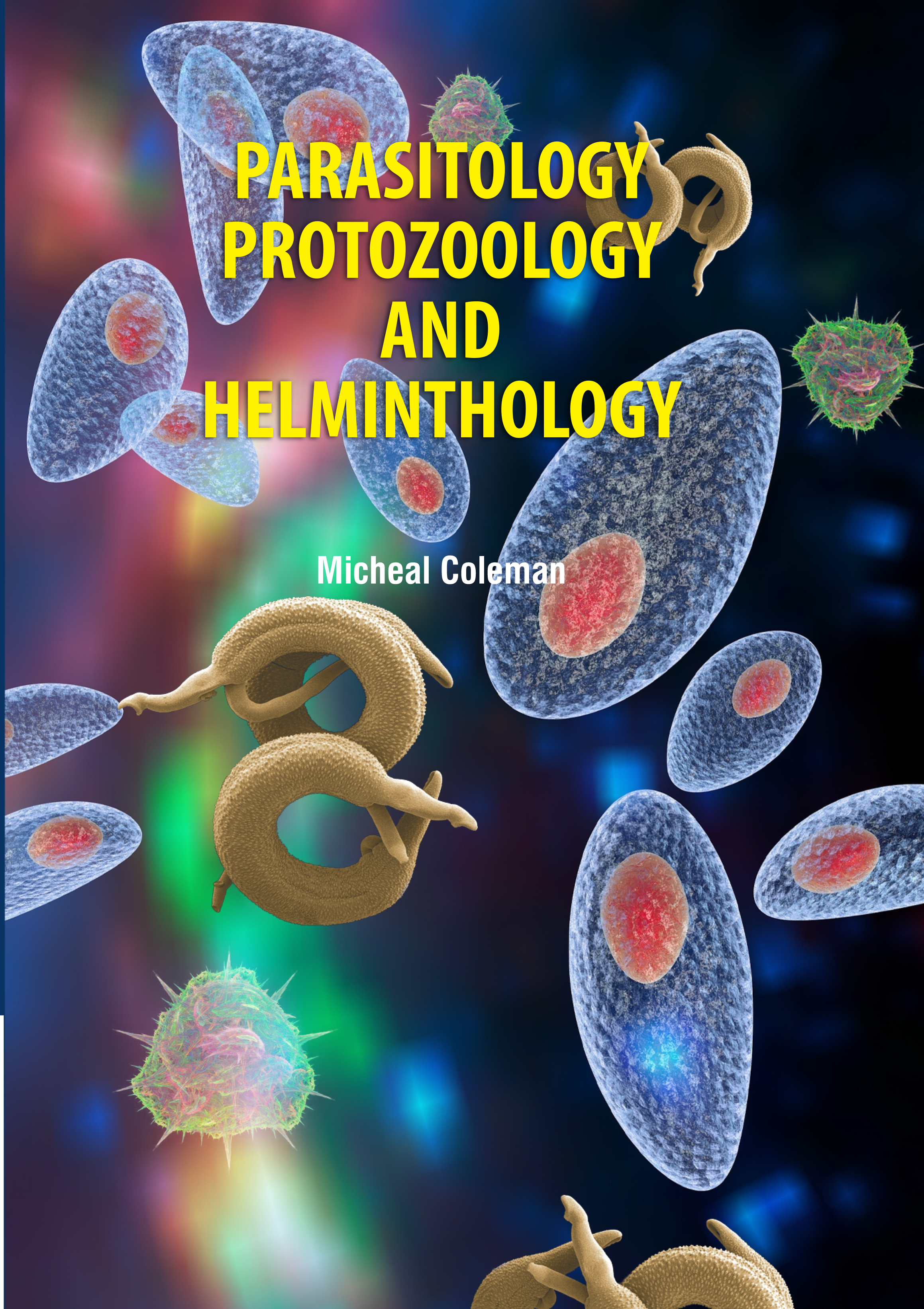
Parasitology Protozoology and Helminthology
by Micheal Coleman
| ISBN | 9789372424003 |
|---|---|
| Publisher | Digital Drive Learning |
| Copyright Year | 2026 |
| Price | $271.00 |

by Micheal Coleman
| ISBN | 9789372424003 |
|---|---|
| Publisher | Digital Drive Learning |
| Copyright Year | 2026 |
| Price | $271.00 |
Parasitology is a fascinating one, and parasites have been the subjects of some of the most exciting discoveries in the field of infectious diseases. We now know that many of the important parasites encountered today not only existed but were widespread in their distribution before written records began, and our early ancestors must have been aware of the presence of the largest and most common worms and of some of the diseases caused by parasites. The subsequent history of human parasitology revolves around early descriptions of a particular disease and the identification of the parasite causing the disease, not necessarily in this order; the elaboration of the life cycle; and, finally, the establishment of the causal relationship between the parasite and the disease. Helminths all share a similar morphology and are multicellular organisms that are visible to the naked eye. The worms are usually caught through treading on contaminated soil in warm, humid countries that have poor sanitation and hygiene. The nematodes or roundworms are traditionally regarded as the phylum Nematoida or Nemathelminthes. As such, they would be the most diverse phylum of pseudocoelomates, and one of the most diverse of all animal phyla, but discussion is in progress to determine whether the phylum is to be split or not. The book can be recommended essentially without reservation to anyone interested in parasitology of humans. It is perhaps of greater value in the temperate climates than in the tropics because of the generally lesser degree of familiarity with the practical aspects.